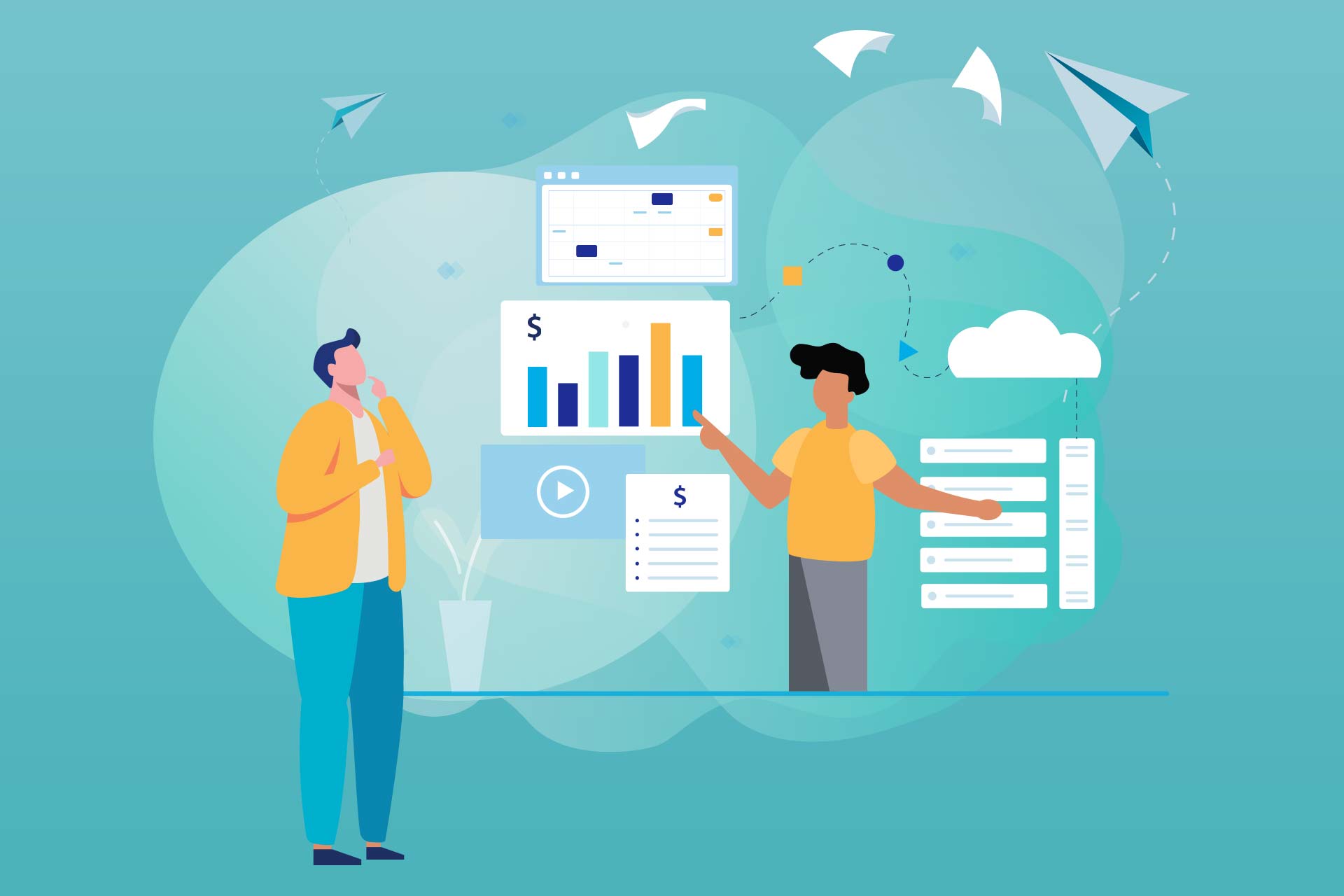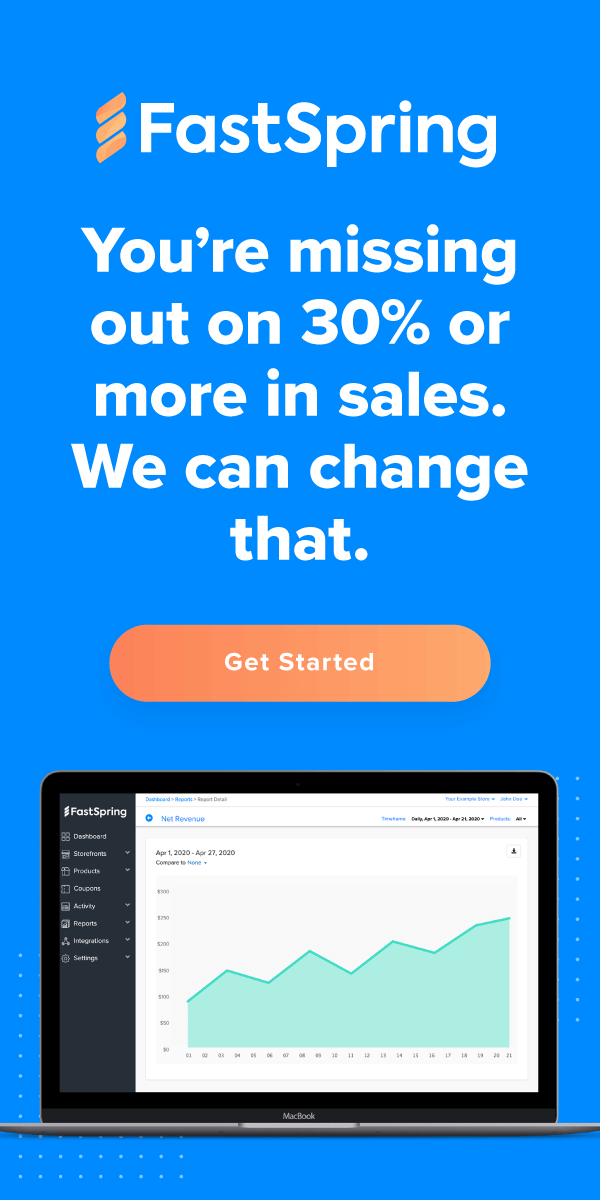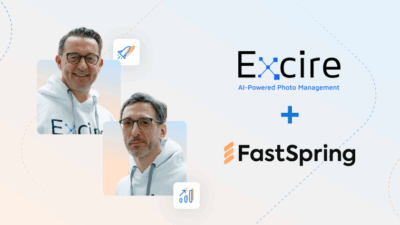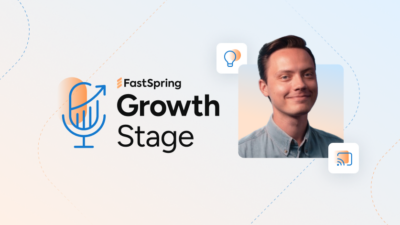It’s not as easy as it seems to convert B2B SaaS.
You know that feeling when you’re about to cleanly peel off a sticker from something you just bought and it rips, leaving you with that ugly piece of annoying sticky paper?
Not a great feeling.
And neither is losing a sale when you thought you had it in the bag.
How do you prevent this from happening too often?
When crunch time comes, SaaS sales teams look to strategies like doubling the size of the team and asking marketing for more leads, but there is often a lot of room for improvement within your own sales cycle. Here is a quick breakdown of how to identify ways to convert b2b saas.
The Problem
Account executives (AE) have low and unpredictable qualified opportunity to conversion rates.
So what is a qualified opportunity? Generally, a potential buyer goes from being a lead to a prospect, and then to a qualified opportunity. Given that a prospect is a business who has proven to be a fit for your product, they become an opportunity when they agree to consider and seriously talk about making the purchase.
You’ll find an abundance of different terms for these stages across the sales industry and the web, but as long as your sales team sticks to one set of terms, you’re golden.
That aside, we know that when conversion rates are low it’s difficult to forecast sales.
AE’s leadership and marketing teams spend a lot of time and money driving qualified leads and it’s frustrating not being able to close your ICP (ideal customer profile).
What can you do?
By improving your qualified opportunity to close you can validate the ICP and increase revenue, resulting in more predictable sales forecasts… simple, right?
We interviewed 3 sales leaders and got their top tactics for improving their conversion rate. Here they are broken down into our 4 main strategies:
Scoring
FastSpring AE and SalesRight co-founder, Taylor Bond, is also VP of Client Experience at app development agency MindSea. With considerable SaaS sales experience, Taylor says creating a team-wide template/checklist (ex. BANT) for what qualifies as a qualified opportunity is essential.
The importance lies in the consistency across the board. A consistent checklist for what qualifies a sales opportunity ensures the right type of leads are pushed through.
Once a lead is qualified, some creative ways to help hold an AE accountable could be…
- Create a Lean Canvas on the buyers business (in other words, be an expert on it).
- List and rank the top three red flags present in the deal.
- Create a buying schedule. This sets an expectation for the buyer and helps the AE plan accordingly.
- List and rank the top three new insights that you’ve provided to your buyer.
Using these tactics will give sales leaders the confidence that their AE is digging into the sale and understanding their buyers’ needs.
Training
Being able to truly connect with prospects is a soft skill and proves tough for many. Investing in coaching technology like gong.io can help identify the most effective and successful strategies for your company.
Chris Orlob is a Senior Director at Gong and he pinpoints a few key tips for reps to increase the likelihood of a deal, found from research using Gong:
- Listen to the prospect: increasing the customer’s talk time from 22% to 33% radically boosts sales outcomes.
- Establish value before you talk price: pricing should come up in a call about 3 to 4 times.
- Use risk-reversing language: easy cancellation, opt-out clauses, etc.
Advocacy
Let your customers do the talking. Mark Organ founded Influitive on this idea.
Influitive works on a principle called social proof. This means buyers are more likely to choose a product if other people like them have had positive experiences with it.
Putting social proof to action is as simple as asking a long time customer to provide a testimony or jump on a call with a potential buyer.
For example, below is a testimonial from analytics platform Alteryx on how SalesLoft has helped them. They provide a specific example of how SalesLoft solved a problem they were having.

Something like this shows potential buyers real evidence of product success, instead of hearing a sales rep say it will fix all of their problems.
Simplified offer pricing
Imagine it’s a hot summer day and you’re in a fancy ice-cream shop attempting to choose a flavour to satisfy your sweet tooth. Unfortunately, you’re faced with over 100 different kinds and you’re completely overwhelmed because it’s impossible to choose just one.
The same can be said for selling SaaS.
Providing the right amount of choice to your prospects using a simplified, easy-to-understand pricing structure can go a long way to clearing up confusion and any feelings of being overwhelmed. It allows your prospects to better participate in the pricing and packaging conversation, and if done right, can give you deep insight into what they really care about.
This is where FastSpring Interactive Quotes fits in.
We heard from Taylor Bond earlier in the scoring section, and he knows the pains account executives go through when trying to get information from the prospective buyer.
This is why he firmly believes in the ease and simplicity of FastSpring Interactive Quotes. It provides a platform to organically uncover those pain points by using multi-tiered pricing. An AE can then leverage analytics to discover what prospects actually think of the offer.
In conclusion: to convert B2B SaaS…
By focusing on scoring, pricing, training, and advocacy you’ll find a more cost-efficient way to increase your qualified opportunity to close rates and rather than just adding resources to your sales teams. When used properly, these strategies and tactics will ensure you convert more b2b saas.
Of these steps, pricing can often cause the most problems. If you want to see what giving your prospects more choice can do for your conversion rates, book a free demo with us now.
![[Customer Story] Why TestDome Considers FastSpring a Real Partner](https://fastspring.com/wp-content/themes/fastspring-bamboo/images/promotional/2023/FastSpring-TestDome-blog-thumbnail.jpg)








